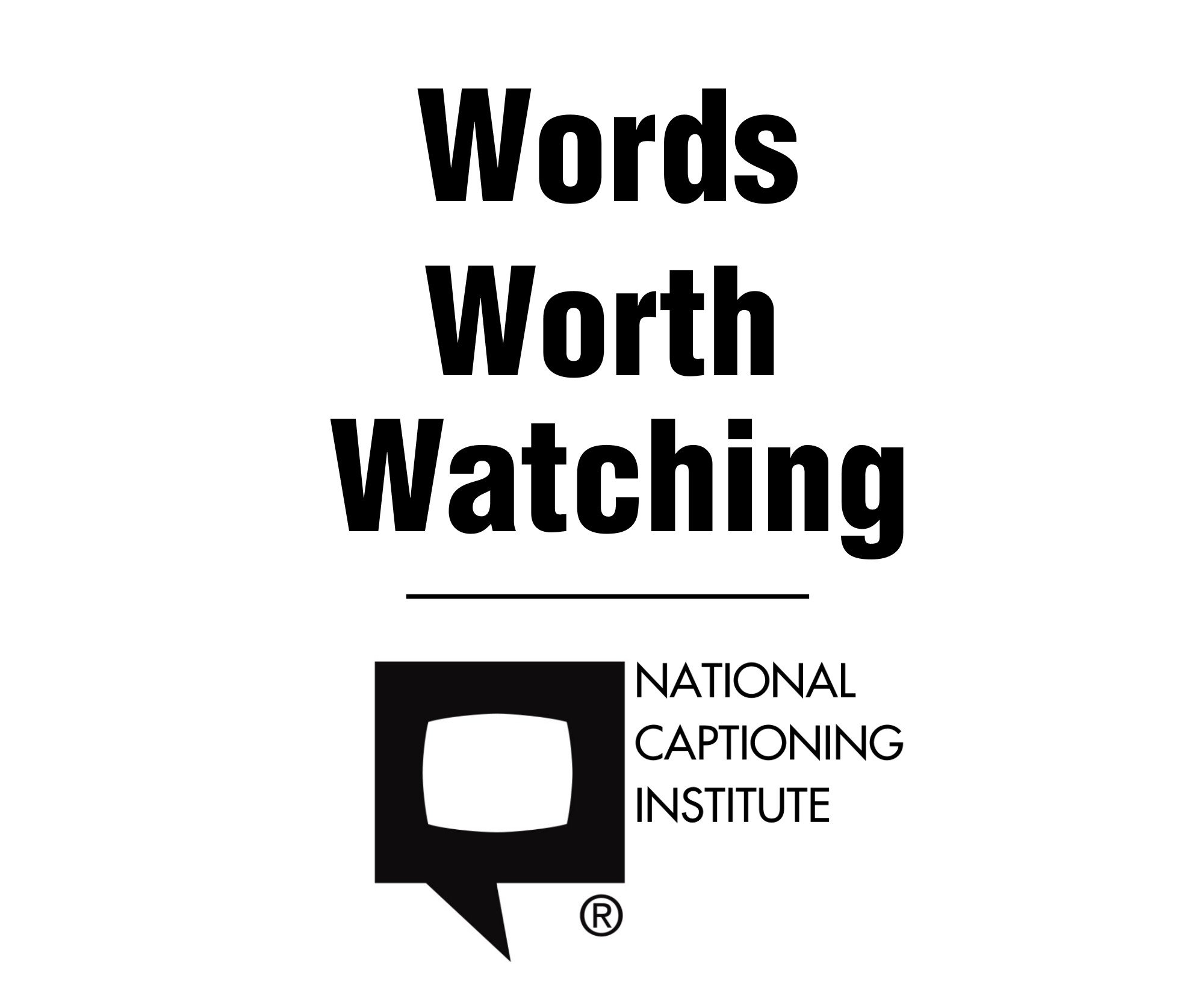Why Captions? #WordsWorthWatchingNCI
Day 2: Why Captions?
Celebrate the power of captioning during Words Worth Watching Week! The more visibility we get, the more screens we can give media accessibility!
Captions are for everyone. Here are some common ways closed captions are used!
Accessibility
According to the US Census Bureau, “about 11.5 million Americans have some sort of hearing impairment, ranging from difficulty in hearing conversation to total hearing loss. That’s about 3.5 percent of the population. In addition, around 50 million of our population experience some level of tinnitus — a constant ringing in the ears.”
Neuro-divergent viewers including but not limited to Autism, rely on captioning for benefits ranging from visual stimuli to increase focus to using captioning descriptions to decipher expressions & vocal tones.
Community
A survey of American viewers by Preply, which uses the terms subtitles and captioning interchangeably, found:
57% watch content in public; 74% of Gen Z do so
50% of Americans watch content with subtitles most of the time.
62% of Americans use subtitles more on streaming services than regular TV.
If entertainment trends of dim lighting, loud background music, and muddled audio continue, it’s likely that the use of subtitles will only increase in popularity.
Take action:
Save and share this image with your favorite captioning fact. Be sure to tag #WordsWorthWatchingNCI :)
Save and share this image with your favorite captioning fact. Be sure to tag #WordsWorthWatchingNCI :)





